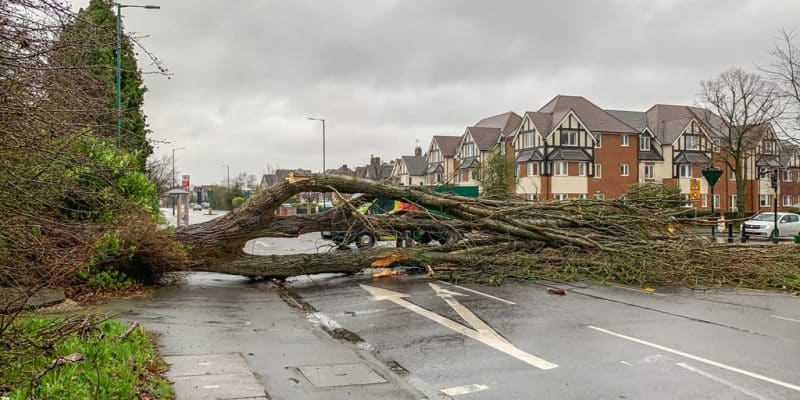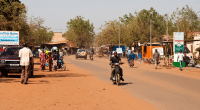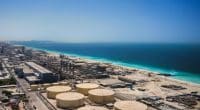The new "Karlotta" storm, which passed through part of Europe, has concentrated on the northern part of Morocco, particularly in the cities of Tangier and Tetouan. The economic and environmental consequences were far from insignificant, including disruption to rail and air traffic and disruption to ecosystems.
In Morocco, the northern regions have had a visitor like no other for the past few days. It’s the storm “Karlotta”. Its charming name is nothing to write home about, as with gusts exceeding 100 km/h, it blows everything in its path. A case in point is the city of Tetouan, where wind speeds of 126 km/h shook the vegetation throughout the weekend of February 10, 2024.
Local media also recorded the destruction of electricity poles and cracks in the windows of several residential houses. This material damage is the result of “atmospheric disturbance due to the approach of a low-pressure system from western Europe”, according to Morocco’s Directorate General of Meteorology (DGM), which has announced disruptions to some flights to Tetouan airport.
A brake on economic and sustainable development
The urban area most affected by Karlotta is Tangier, a strategic port hub between Africa and Europe. The flow of sea transport in this metropolis of 1.3 million inhabitants has slowed considerably. And with good reason: neighboring Spain, an ally for trade links, was also affected by the storm. Indeed, it is difficult for boats to navigate in certain weather conditions. Although storm Karlotta is currently calm, the authorities in the Cherifian Kingdom are appealing to Moroccans to remain vigilant.
Indeed, the consequences of such an episode could have been more serious. “High winds can damage roofs and chimneys, devastate plantations, displace vehicles and cut telephone lines. As storms are generally accompanied by heavy rainfall, flooding and runoff are also possible”, according to geographers at Géorisques (a French government platform).
Read also-
East Africa experienced worse in 2022, following the passage of storm Ana, which claimed 77 lives in Malawi, Mozambique and Zimbabwe, with the destruction of water, sanitation and education infrastructures. In Madagascar, the disaster caused the displacement of 130,000 people, who saw their school buildings and livelihoods disappear, including in the capital Antananarivo.
Benoit-Ivan Wansi







